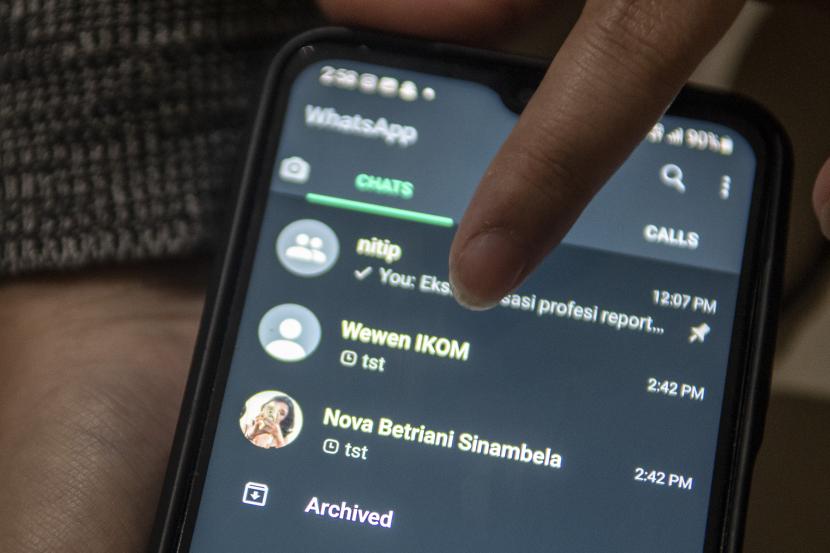Researchers from Amazon Web Services (AWS) and Harvard University have made a major breakthrough in the development of quantum networks. They have developed a new optical interface method that can operate over a wide range of temperatures, including the cryogenic temperatures required for many quantum devices. The researchers achieved this by connecting optical fibers to a “diamond” chip that acts as a quantum memory and could be a key component of a quantum repeater.
The new approach, which demonstrates a record low insertion loss of -0.4 dB (10%), was developed under the AWS Center for Quantum Networking research alliance with the Harvard Quantum Initiative. The results of their work will be published in the journal Applied Physics Letters.
The development is a major step toward creating a quantum repeater that corrects for photon loss without disrupting the quantum nature of the information it carries. The transponder captures and stores the coded qubits to overcome the losses of the communication channel.
One of the main challenges in the development of quantum repeaters is the loss of optical signals and the limitations of traditional amplification. These challenges are further compounded by the extreme temperature requirements of quantum devices, which typically operate at -270 °C or colder. Previous manufacturing methods have not been able to withstand the extreme environment while preserving the photon at the optical interface.
The researchers overcame this problem by developing cryogenically compatible packaging between photonic devices on diamond chips and optical fibers using adiabatic coupling between the two components. The interface between the fiber’s tapered ends and the device allows light to gradually pass through with low insertion loss, while strong van der Waals forces provide stability against small component displacements.
The temperature stability of the package was demonstrated by repeatedly cooling it to liquid nitrogen temperature (-200°C) and even close to absolute zero (-273°C) without changing the insertion loss. This breakthrough not only makes it possible to create the basic components of quantum networks, but can also improve classical telecommunications networks, making them faster and more efficient.
In conclusion, the development of this temperature-resistant packaging technique is a major breakthrough in the field of quantum networks. This paves the way for the construction of quantum repeaters and has the potential to revolutionize both quantum and classical communication systems.
Avots: AWS emuārs – “Introducing a New Temperature-Resistant Packaging Technique for Optical Devices” (Denis Sukachev, Chawina De-Eknamkul, Beibei Zeng, 2023) un Applied Physics Letters žurnāls (Appl. Phys Lett. 123, 161106) .
after navigation
2023-10-16 17:53:21
#temperatureresistant #packaging #technique #developed #quantum #networks


